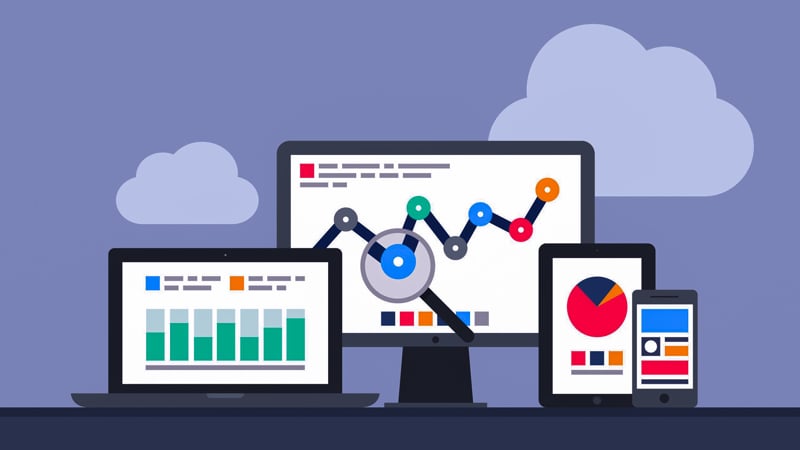Introduction To Data Science Using R Programming
The power of data is undeniable, especially organized data. This is why currently data scientists rake in an average salary of over $100,000! This is also why Big Data and Data Analytics have become h...
- All levels
- English

Course Description
The power of data is undeniable, especially organized data. This is why currently data scientists rake in an average salary of over $100,000! This is also why Big Data and Data Analytics have become hot topics in todays world. All things considered we have designed this course aimed at complete beginners as well as intermediate students who want to master the art of data analytics and learn exa...
The power of data is undeniable, especially organized data. This is why currently data scientists rake in an average salary of over $100,000! This is also why Big Data and Data Analytics have become hot topics in todays world.
All things considered we have designed this course aimed at complete beginners as well as intermediate students who want to master the art of data analytics and learn exactly how to make sense of data! The course has been designed to help breakdown everything you need to understand exactly how to get started with Data Science.
See more See lessWhat you’ll learn
- Basic Data Visualization
- Advanced Data Visualization
- Generating Maps using JSON Structures
- Implementation of Statistics
- Data Munging/Wrangling
- Data Manipulation - Import/Export of Data into CSV or Excel Format
Curriculum
Frequently Asked Questions
This course includes
- Lectures 54
- Duration 6.9 Hour
- Language English
- Certificate No





